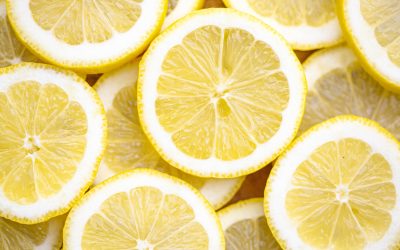Did you know about Watermelon Day?

Ah, the watermelon, a sure sign that summer is here. Those great big green spheres of goodness are the subject of an age-old argument about whether it is a fruit or a vegetable. The easy answer is just a flat yes. They are in the same family as pumpkins, squash, and cucumbers. So I guess technically if someone asks, you are eating both a fruit AND a vegetable. Best of both worlds! Oh and another added bonus is it’s chock full of vitamins A and C as well as antioxidants. And as if that weren’t enough, the watermelon is 92% water which makes it very hydrating and super beneficial on those hot summer days.
Can you believe it’s fruit and vegetable?
This fruit (I’ll be calling it a fruit for the sake of continuity) dates all the way back to ancient Egyptian times where it was supposedly cultivated along the Nile Valley. During the excavation of King Tutankhamen’s tomb, watermelon seeds were also found inside! Its history has spanned from West Africa into India, China, Europe, and finally making its way to America in the late 1500s. It’s been everywhere and is way more important than just a type of food. In the United States in the Civil War era, watermelons were commonly grown by free African Americans and became one of the many symbols for the abolition of slavery.
Eating Watermelons
In season primarily between May and September, watermelons sprout off large scrambling vines. You all know what they look like so won’t go into all of the ins and outs (quite literally) of the watermelon. The typical watermelon that most people eat is just one of over 1,000 different varieties, from pink to orange and large to small. All parts of a watermelon are edible. I’ll repeat that, all parts. Now wait a minute, I’m sure I wasn’t the only one who was told that if I swallow watermelon seeds they’ll grow in my tummy. Okay, Mom, you got me. I guess the next thing you’ll tell me is if I keep making that funny face it actually WON’T get stuck that way huh? Okay so back to what I was saying. Yes, you can eat the seeds, and you can eat the rind, preferably after cooking it or it might be a bit tough. Pretty cool to know that none of it really could go to waste.

How to prepare Watermelon?
Now I know what you’re probably thinking when you see an uncut watermelon sitting on the kitchen counter. Cut it in half, cut the pink and red parts off and cube them and there’s your snack. But just like Bubba Gump and his many ways to make shrimp, there is way more than one way to skin a watermelon. Okay ready? And go. There’s watermelon cubes, watermelon salsa, watermelon salad, watermelon ice cream, watermelon sorbet, watermelon juice, watermelon popsicles. You can chunk it, carve it, grill it, roast it, sip it, smoothie it, sandwich it (yes you read that right), pickle it, candy it, and cocktail it. Phew, that was quite a lot! The seeds can be eaten although you be best to eat them a couple of different ways: after sprouting (that’s when they shed that black shell), or by roasting them. Once roasted, they can be eaten much the same way sunflower seeds are eaten. Just crack the black shell off and you got a snack with potentially a huge amount of protein.

The versatility is definitely up there and that was just food/drinks. Use the rind of the smaller ones to make your own unique drink cup. It can also be used to make a super awesome punch bowl or serving bowl. Just carve out the insides and you’re good to go! Have you seen some of the designs out there that people have done with watermelons? Punch bowls to pop art, people have done some amazing creations.

Picking Watermelon
Lastly, how do you pick the best ones? Yes, there are things to look for. While you might think to look for the richest looking green all around while staying away from any that have that yellow “discolored” spot, that’s actually a very good thing. Watermelons develop that spot where they rest on the ground. The lighter the spot, the less ripe it is. So, look for the dark yellow spot. It may seem like a bad thing but it just means that it’s spent more time ripening on the vine. Second, pick a dull looking watermelon as the shine is an indication of unripeness. Lastly, look for the pollination spots on that yellow field spot. What I mean by that is those dry, brownish looking spots that aren’t very eye catching. These are spots where sugar is seeping out which indicates a very sweet melon. The more of those spots you see, the better.
So, don’t forget to go grab your watermelons for National Watermelon Day, August 3rd.
As a special added gift to celebrate National Watermelon Day, we’ve included a coloring page freebie for you. Just fill out the form below to receive it. Until next time, happy hunting and have a great National Watermelon Day!





I love watermelon. It is so hydrating….especially after a long summer run!
I bet that would be tasty.